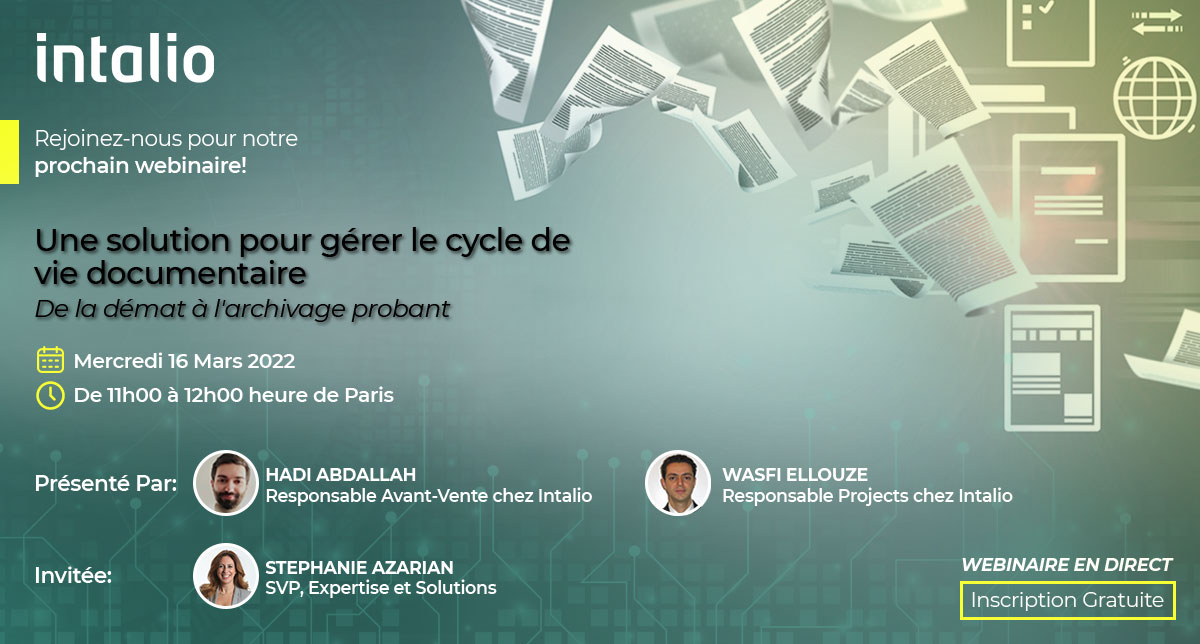We often only consider digital solutions to be corporate tools that help enterprises get work done and ease the access to business development practices that are deemed lucrative. However, we often fail to realize that these solutions aren’t only making corporations better, but they’re also changing the world as we know it.
Case Management solutions are used to manage and track the process of a case, request, or file, and authorizes access for collaboration among designated entities. An entity can create a form, assign it to a file, standardize processes by setting simple transition rules, and monitor it until it reaches the end of the process. However, these solutions can be the very tool that protects the integrity and aligns the Standards Operating Procedures (or SOPs) of Nongovernmental Organizations and other Humanitarian entities.
Whether to protect and resettle refugees or to save women and children from Sexual and Gender-Based Violence, all NGOs require Case Management procedures, and most have started to automate them.
Top 6 ways NGOs may use Case Management in their practices:
1) Filter new cases
Caseworkers can open a new profile or file for the individual they are assisting, including attached pictures, IDs, Birth Certificates, and so on. These can automatically be stored, named, and even filtered according to age, gender, and nationality.
2) Easily send for approval
If these files need to be approved before entering the pipeline, they can be streamlined and automatically sent to the proper destination where they can be granted approval or get rejected, without the use of paper documents that can get lost or damaged.
3) Monitor Status
If these cases need to undergo multiple procedures, caseworkers can generate a check-list with an automated checker that ticks off what has been done or processed before sending the case to the next step in the procedure.
4) Heightened privacy
Documents can be stored within these blockchain platforms that are accessible to different agencies while still protecting the privacy of the individuals by only granting access to specific personnel, stockholders, and decision-makers.
5) Data Overview
Case-workers can also gather data on the cases that are within their pipelines, which helps them assess priority cases, urgent action, and even statistics for their reports and grant proposals for active files or even files that have been safely stored and archived.
6) Ease of follow-up
Caseworkers can even automate follow-up reminders for both tasks and cases they need to assess or monitor post-task implementation. Then, even cases that have been marked as closed can be re-evaluated and followed-up.
Refugee Resettlement Case Study
The refugee resettlement process is a multi-layered procedure with multiple stakeholders and decision-makers. To put things in perspective, if a refugee wants to flee their country, they will head to a UNHCR office who in turn will help them open a case file and will transfer it to the designated agencies and resettlement office after multiple security screenings. The refugee’s critical information will not be accessible to all the platform users except for designated personnel, as any infringement in data protection can endanger the refugee and compromise their safety.
In brief:
- A refugee will approach a UNHCR office who will interview them to determine if they can be considered as refugees.
- If the refugee fits the requirements, they will be referred to an agency that will help them with their resettlement process.
- There, they will undergo an initial Biographic Security Check, after which they will have a second interview, with the Department of Homeland Security, however.
- Once approved, they will proceed within the pipeline to undergo a biometric security check, if cleared, they will be assigned to a sponsoring agency to help them with all they need upon arrival.
- The refugee will then receive a cultural orientation as well as medical screening before undergoing yet another security clearance process.
- Refugees will be checked again at the airport before they are admitted to their new country of resettlement.
Conclusion
Imagine this entire process being done manually while thousands of files are being printed. Imagine caseworkers taking confidential information in envelopes and filing them at the local post office who will then deliver them to a second entity, only for that entity to ship them back to another country, and so on. Or even, imagine caseworkers only manually storing them safely for archiving. All this goes to prove that Case Management Solutions might show to be of even bigger impact in NGOs than in corporations.
Humanitarian work isn’t easy, but Intalio is proud to be part of the game-changers making humanitarian work a little easier by providing enterprise digital solutions that can help heroes make the world a better place, one case at a time.











